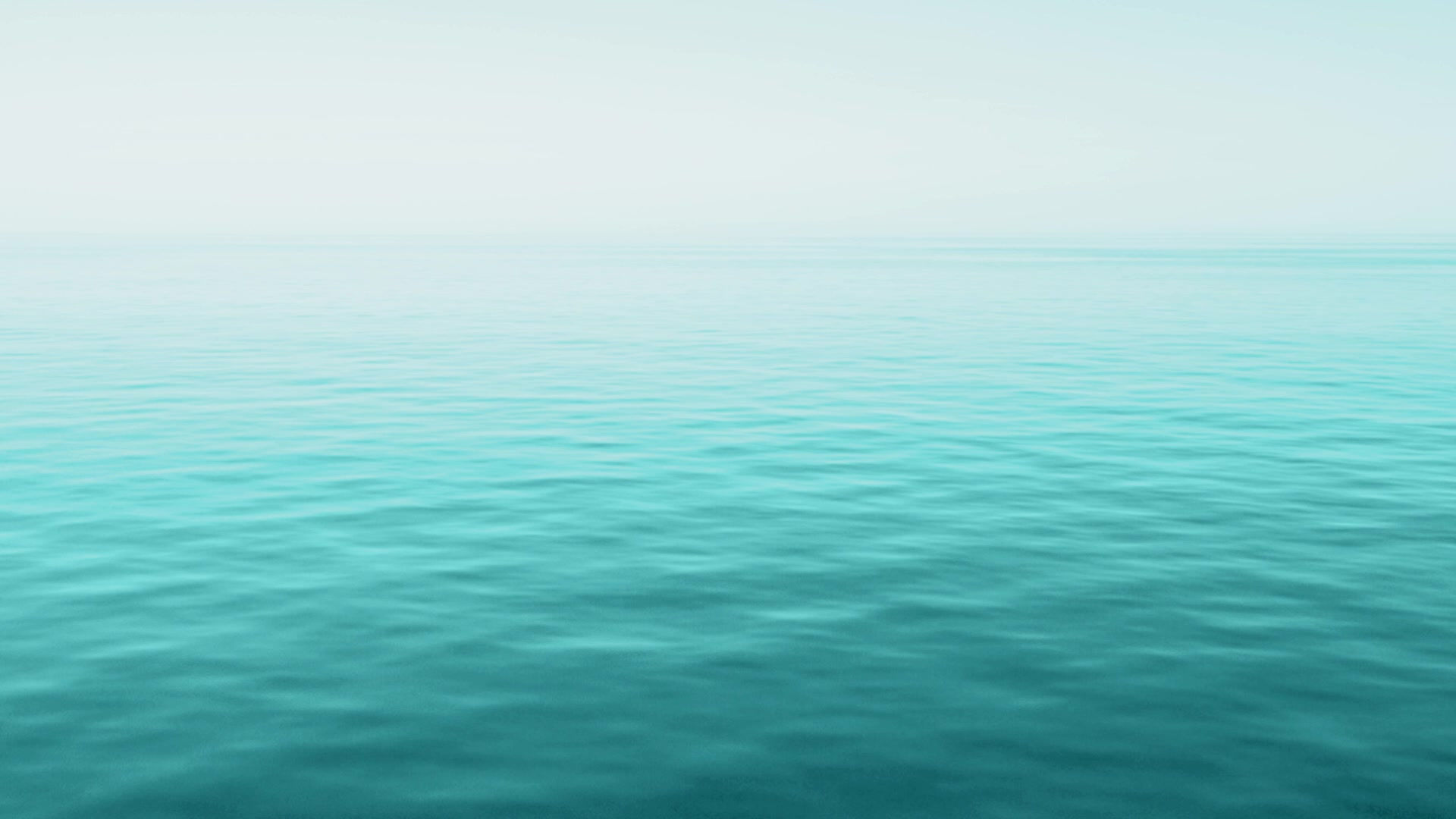
UNSW(The University of New South Wales) Associate Professor, Mitchell Harley, visited Hanyang University ERICA at September 2nd, 2025 and shared his experience on Advances in Coastal Monitoring Over past 2 decades: smartphones, satellites, and beyond.

A/Prof. Mitchell Harley visit’s highlighted how coastal monitoring has transformed over two past decades, from simple field measurements to advanced technologies like UAVs, satellite image, Artificial Intelligent (AI), and community-based monitoring.
Advancing innovations on coastal monitoring improve spatial resolution from 2D and 3D In Situ to 3D Points Clouds (UAV) (-GBs, -2 hours with post processing) and temporal resolution from DSAS Shoreline Evolution to ARGUS Coastal Imaging System. Spatial scale of coastal monitoring also improved from local to regional and global scale.

He highlighted CoastSnap, an application to monitor storm erosion. This application connects improved algorithm (AI) with community-based monitoring. Citizen around the world can capture coastlines and upload it on the app, where this technology will turn the photos into coastal data for coastal monitoring.
His talk emphasized that with open-source platforms, collaborative networks, and active community participation, coastal monitoring can become a low-cost yet powerful solution to address climate-driven challenges along the shorelines.

Exchange knowledge of Australia and South Korea’s real time coastal monitoring. In present times, the stakeholders and communities can monitor and make real time decision making by websites and real time data. Australia has portals like Coastal Change Hazards Portals and Australia Coastal Early Warning System. South Korea also has government portals that can see real time CCTV of beaches in Korea.
